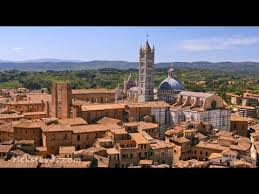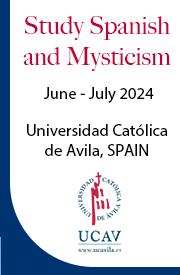The Shroud is a challenge to our intelligence. It first of all requires of every person, particularly the researcher, that he humbly grasp the profound message it sends to his reason and his life. The mysterious fascination of the Shroud forces questions to be raised about the sacred Linen and the historical life of Jesus. Since it is not a matter of faith, the Church has no specific competence to pronounce on these questions. She entrusts to scientists the task of continuing to investigate, so that satisfactory answers may be found to the questions connected with this Sheet, which, according to tradition, wrapped the body of our Redeemer after he had been taken down from the cross. The Church urges that the Shroud be studied without pre-established positions that take for granted results that are not such; she invites them to act with interior freedom and attentive respect for both scientific methodology and the sensibilities of believers.
For the believer, what counts above all is that the Shroud is a mirror of the Gospel. In fact, if we reflect on the sacred Linen, we cannot escape the idea that the image it presents has such a profound relationship with what the Gospels tell of Jesus’ passion and death, that every sensitive person feels inwardly touched and moved at beholding it. Whoever approaches it is also aware that the Shroud does not hold people’s hearts to itself, but turns them to him, at whose service the Father’s loving providence has put it. Therefore, it is right to foster an awareness of the precious value of this image, which everyone sees and no one at present can explain. For every thoughtful person it is a reason for deep reflection, which can even involve one’s life. The Shroud is thus a truly unique sign that points to Jesus, the true Word of the Father, and invites us to pattern our lives on the life of the One who gave himself for us.
The image of human suffering is reflected in the Shroud. It reminds modern man, often distracted by prosperity and technological achievements, of the tragic situation of his many brothers and sisters, and invites him to question himself about the mystery of suffering in order to explore its causes. The imprint left by the tortured body of the Crucified One, which attests to the tremendous human capacity for causing pain and death to one’s fellow man, stands as an icon of the suffering of the innocent in every age: of the countless tragedies that have marked past history and the dramas that continue to unfold in the world. Before the Shroud, how can we not think of the millions of people who die of hunger, of the horrors committed in the many wars that soak nations in blood, of the brutal exploitation of women and children, of the millions of human beings who live in hardship and humiliation on the edges of great cities, especially in developing countries? How can we not recall with dismay and pity those who do not enjoy basic civil rights, the victims of torture and terrorism, the slaves of criminal organizations? By calling to mind these tragic situations, the Shroud not only spurs us to abandon our selfishness but leads us to discover the mystery of suffering, which, sanctified by Christ’s sacrifice, achieves salvation for all humanity. Death is not the ultimate goal of human existence. — Address at the Cathedral of St. John the Baptist, Turin, Italy (1998)















